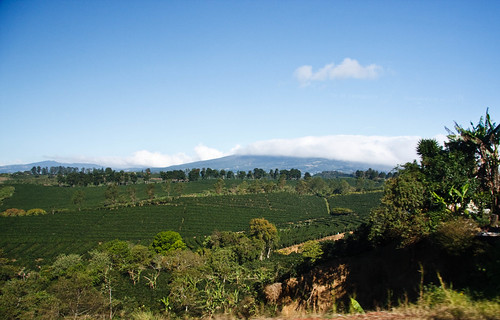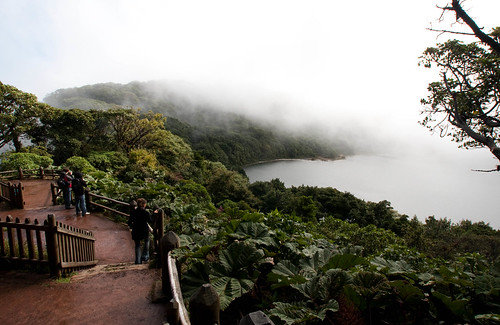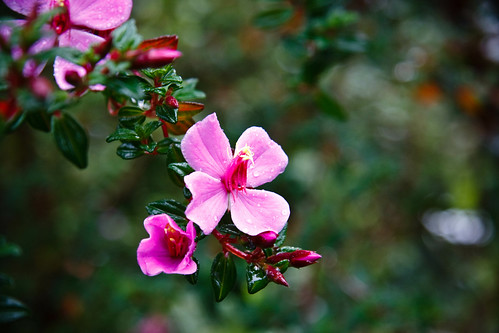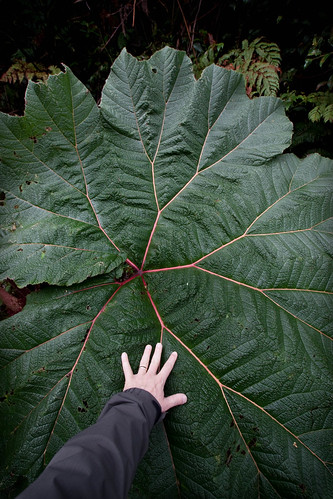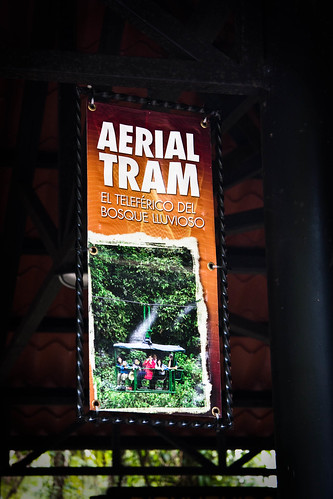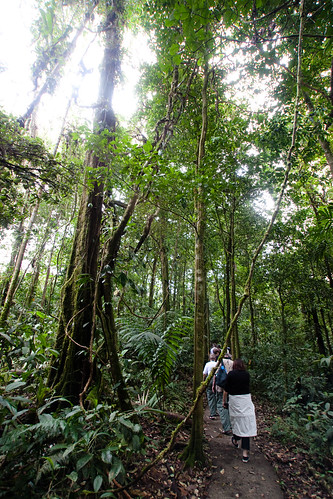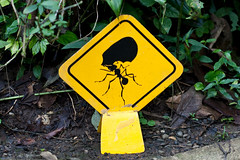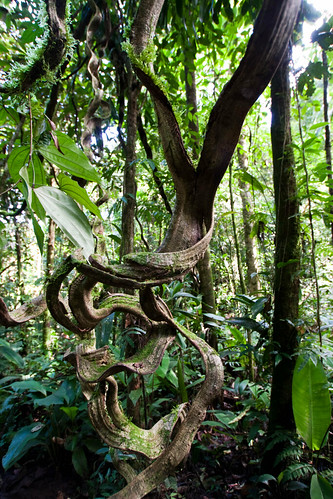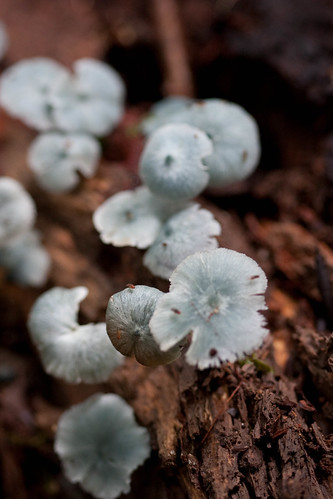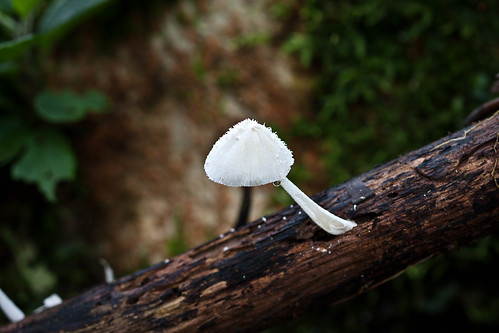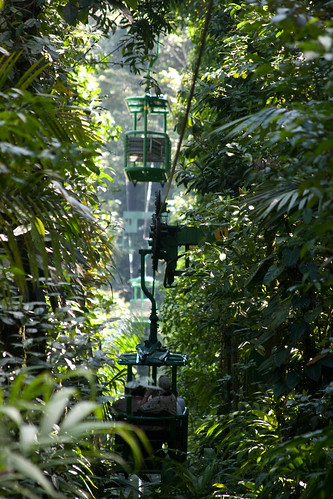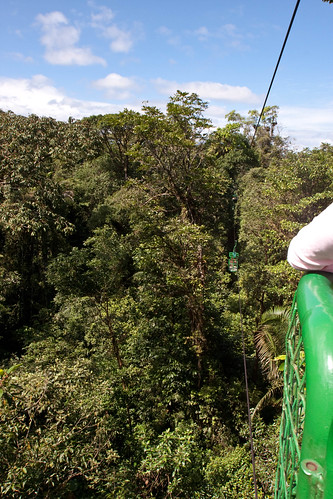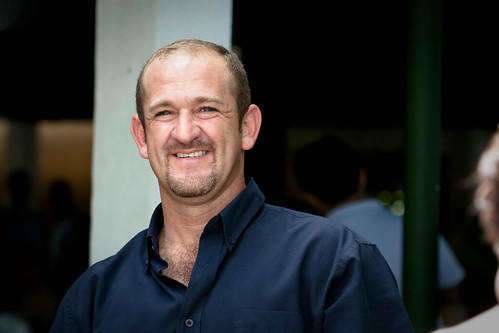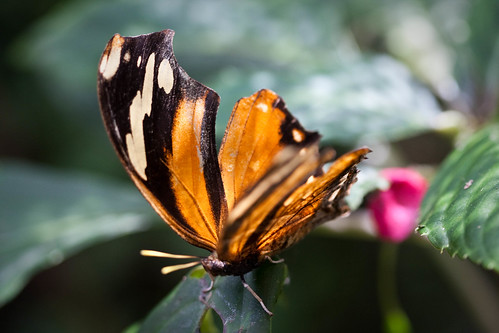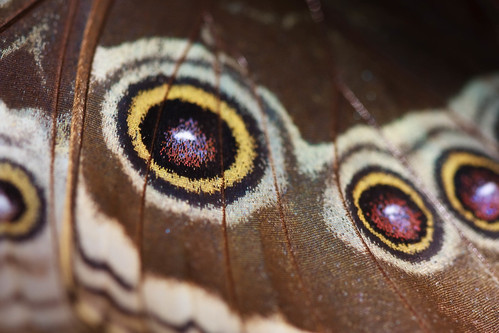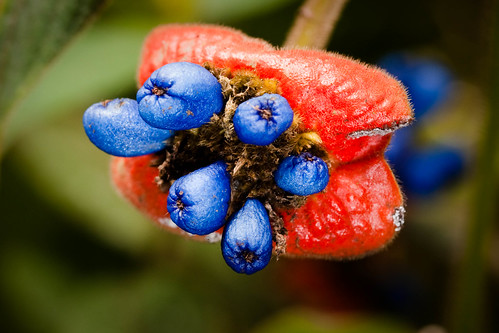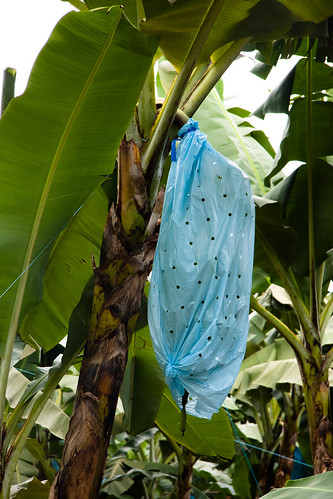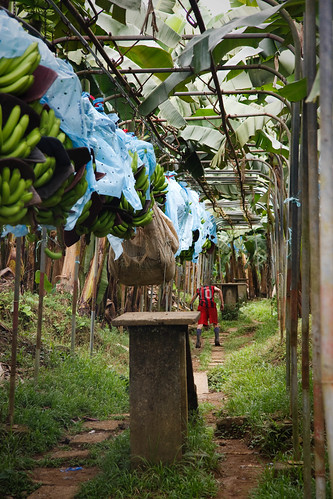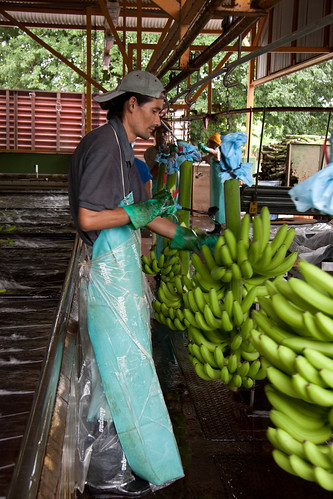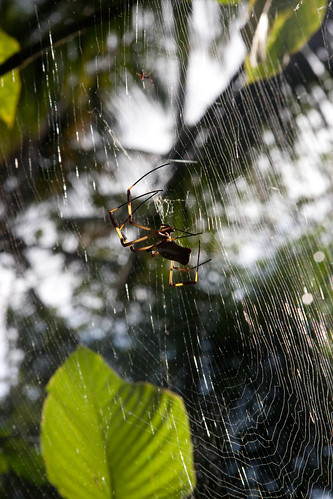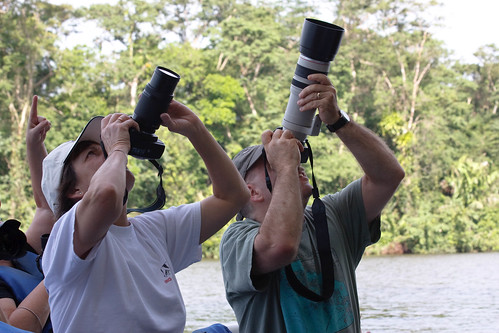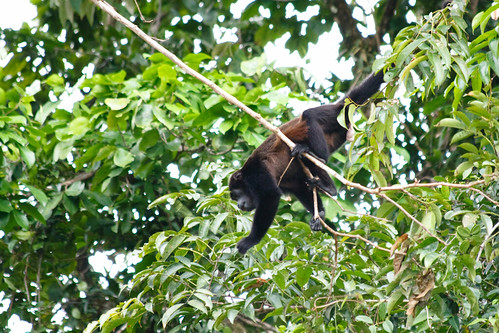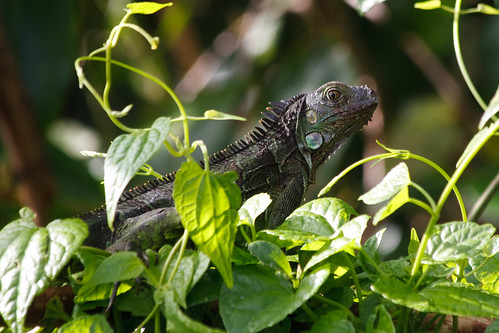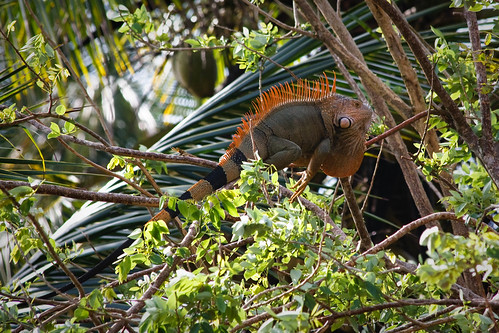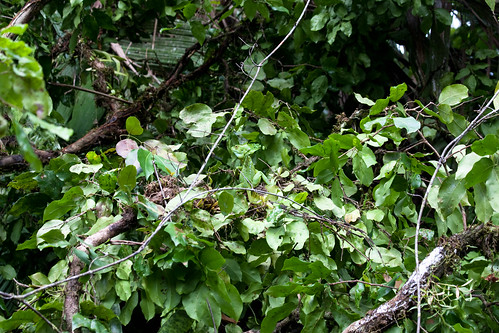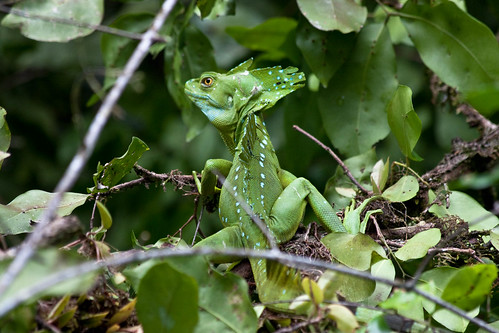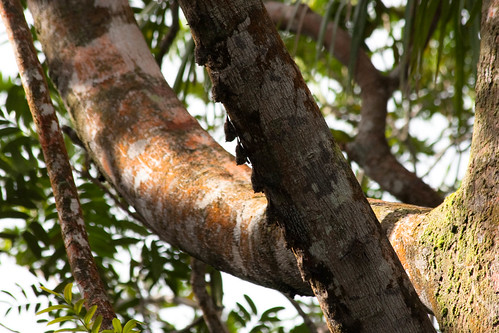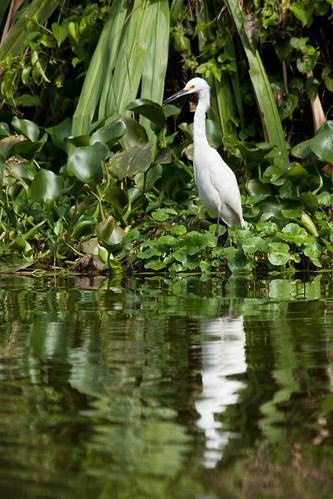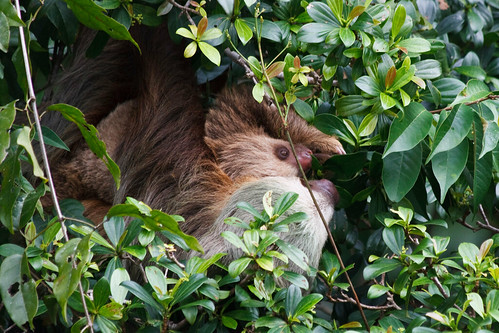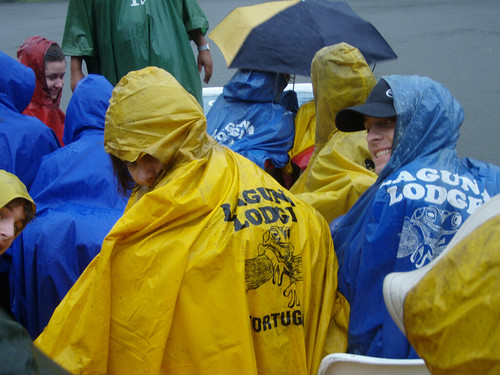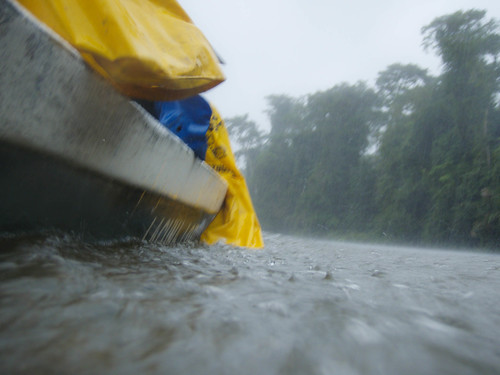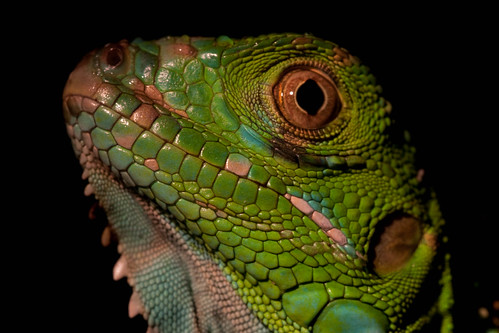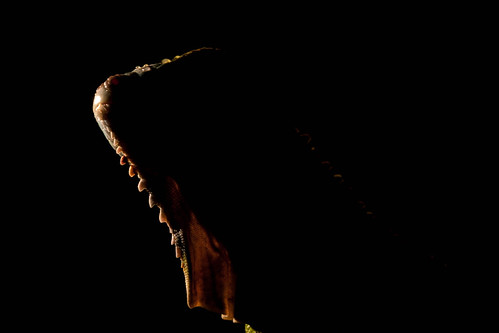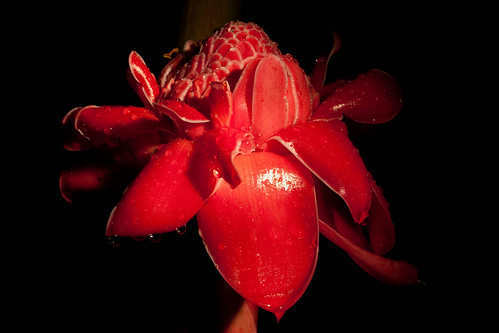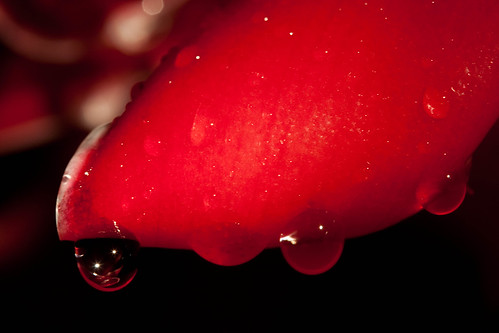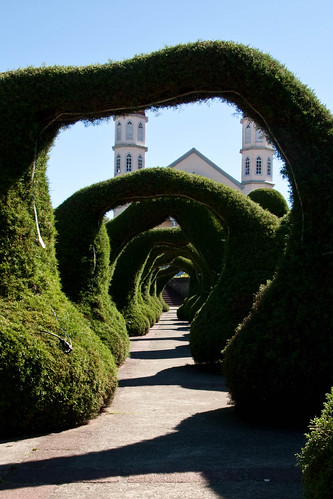The tour officially kicked off this morning with our guide, Paul, and bus driver, Marcos.
Today’s primary adventure was a trip to the Poas Volcano. The hour long bus ride wound across the valley through three different cities, then up the volcano to 8800 feet, about a mile above the valley floor. Along the way we passed through miles and miles of coffee plantations. We learned a lot about this beautiful crop. For example:
- All coffee grown in Costa Rica for export must be Arabica.
- In the ‘30’s (?) the government gave away land and coffee plants to families that wanted to start a farm. The goal was to create a major coffee industry, but to have it be owned by many citizens, not by a few large landholders or companies.
- The best coffee is grown between 4000 and 6500 feet elevation and it loves volcanic soil, making these slopes of Costa Rica ideal for the crop.
- Costa Rica grades their coffee in three levels. Level 1 is the finest and commands the highest price. Level 3 is not allowed to be exported, and is generally what the Costa Rican population drinks. Level 2 is also exported, but is a lower grade than level 1. Much of Level 2 goes to Columbia and Brazil, where it is mixed with their lower grade beans to bring the overall quality up, and thus the price.

